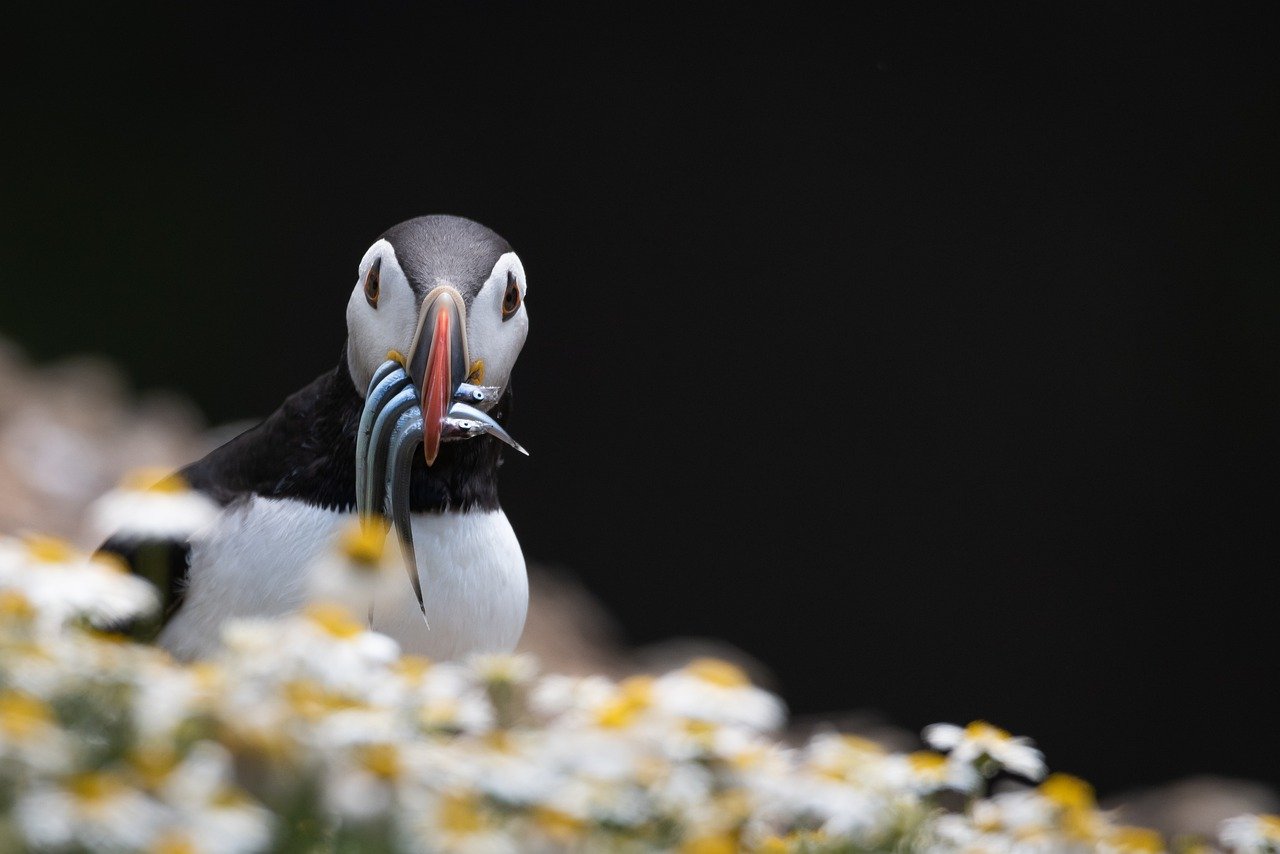Fångstens omfattning och överlevnaden hos lunnefåglar på Nólsoy, Färöarna
DOI:
https://doi.org/10.34080/os.v17.22687Nyckelord:
jakt, hot, ringmärkning, antropogena effekter, häckningsframgångAbstract
At least 10,000 Puffins Fratercula arctica are taken annually at the Nólsoy colony by fowling. This figure probably exceeds the recruitment rate and may cause gradual decrease of the colony size. Continuous decline (since 1900) of the number of breeding birds as well as shrinking of the colony area suggest long-lasting overexploitation. The collapse of the local population is probably delayed only by immigration of immature Puffins from the large Icelandic population. We recovered 37 (20.1%) of 184 Puffin fledglings ringed in 1997 at Nólsoy colony. All rings originated from birds caught by fowlers operating on Nólsoy (34 birds) and on other Faeroe islands (3 birds). First Puffins were fowled at colony in 1999, 54% in 2000 (3 yrs old), and the last bird in 2003 as 6 yrs old. Puffins which had been harvested, i.e. those which survived at least 2 years, were on average larger and heavier at fledging than the rest of the ringed chicks. Most of them originated from early broods. Our data suggest that adult Puffins breeding earlier produce better quality offspring that survive in higher proportion.
Nedladdningar

Downloads
Publicerad
Referera så här
Nummer
Sektion
Licens
Författaren/författarna innehar copyright för varje enskilt bidrag, men samtliga bidrag är publicerade under en Creative Commons-licens, så att vem som helst kan dela och återanvända bidraget förutsatt att copyright-innehavaren erkänns.







